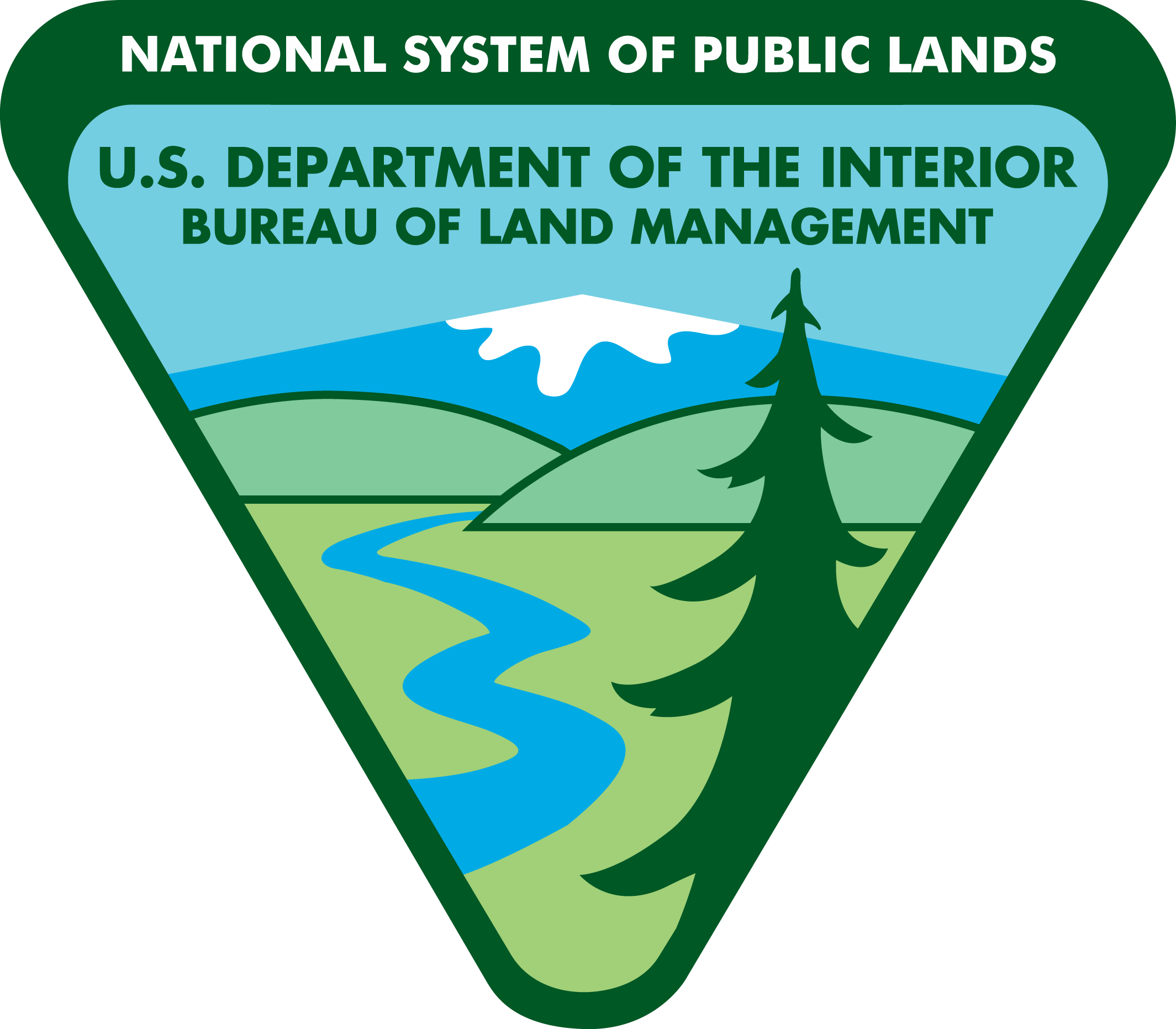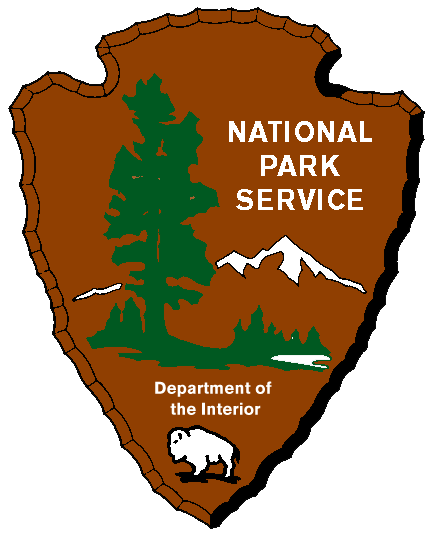U.S. federal agencies with land management responsibilities are required to prepare land management plans. Whether it is a Backcountry Management Plan for a national park, a Resource Management Plan for a Bureau of Land Management (BLM) planning area, an Integrated Natural Resources Management Plan (INRMP) for a military installation, or a Forest Plan for a national forest, the purpose of every plan is to carry out statutory requirements for the management of resources under the agency’s care and in concert with the agency’s mission.
Mission is critical and must be taken into consideration as plans are prepared (see Table 1 that provides an overview of example federal agencies and land management plan requirements). The BLM and U.S. Forest Service (USFS) have a multiple use and sustained yield component to resource management. Resource extraction is a primary part of what both agencies do. The National Park Service (NPS) on the other hand must protect resources unimpaired for the enjoyment of current and future generations. The Department of Defense’s (DoD) mission statement does not address resource management. For this reason, the management of forests and fish and wildlife was sometimes overlooked on military lands; the Sikes Act was passed to clarify this responsibility. Both NPS and DoD have less difficulty restricting public access because of their missions. NPS may close an area to public access to prevent a resource from being impaired and the military may close an area for national security or safety reasons.
Although each agency has its own regulations and process for preparing plans, a typical plan includes a description of the planning area, issues and management concerns, and objectives to achieve. Every
Land management planning and compliance with the National Environmental Policy Act (NEPA) can be easily linked to achieve dual compliance, and most agencies take such an approach. Public interaction, interagency cooperation, and a description of the affected environment are a few commonalities for both NEPA and land use planning. Scout Environmental is familiar with both and can assist agencies in meeting their compliance requirements.
Table 1: Federal Agency Land Management Overview
| Agency Mission | Land Management Requirement | Planning Goals |
Timeframe |
 Bureau of Land Management (BLM): To sustain the health, diversity and productivity of the public lands for the use and enjoyment of present and future generations. Bureau of Land Management (BLM): To sustain the health, diversity and productivity of the public lands for the use and enjoyment of present and future generations. |
Federal Land Policy and Management Act | To allocate resources and determine appropriate multiple uses for the public lands, to provide a strategy to manage and protect resources, and to establish systems to monitor and evaluate the health of resources and effectiveness of management practices over time. | Approximately 20 years |
 Department of Defense (DoD): To provide the military forces needed to deter war and to protect the security of our country. Department of Defense (DoD): To provide the military forces needed to deter war and to protect the security of our country. |
Sikes Act | To provide direction for daily natural resources management activities and a foundation for sustaining military readiness. | 5 Years |
 National Park Service (NPS): To preserve unimpaired the natural and cultural resources and values of the national park system for the enjoyment, education, and inspiration of this and future generations. National Park Service (NPS): To preserve unimpaired the natural and cultural resources and values of the national park system for the enjoyment, education, and inspiration of this and future generations. |
NPS Organic Act | To anticipate and evaluate impacts, to avoid unacceptable impacts and/or impairment prior to implementation, and to make good decisions. | Update as needed |
 U.S. Forest Service (USFS): To sustain the health, diversity, and productivity of the Nation’s forests and grasslands to meet the needs of present and future generations. U.S. Forest Service (USFS): To sustain the health, diversity, and productivity of the Nation’s forests and grasslands to meet the needs of present and future generations. |
National Forest Management Act and Multiple Use Sustained Yield Act | To maintain and restore National Forest Service land and water ecosystems while providing for ecosystem services and multiple uses. | 15 years |
The current Administration has begun instituting measures to streamline the environmental planning process. For example, for NEPA documents the Department of the Interior (DOI) established a specific timeframe of 12 months and a page limit of 300 pages for Environmental Impact Statements. Furthermore, each Bureau of DOI developed specific guidance for Environmental Assessments (EAs). The National Park Service set a timeframe of 6 months and a page limit of 50 for EAs. The Administration is considering establishing time and page limits for all agencies as well as requirements to conduct simultaneous interagency review of documents.
At Scout Environmental, we are familiar with the missions of various federal agencies and the diversity of resources on public lands. We understand NEPA, land management statutes and agency regulations governing land use plans. We can develop a detailed timeline, conduct scoping, gather and analyze data, and prepare draft and final plans. Contact hello@scoutenv.com to discuss your planning needs.













